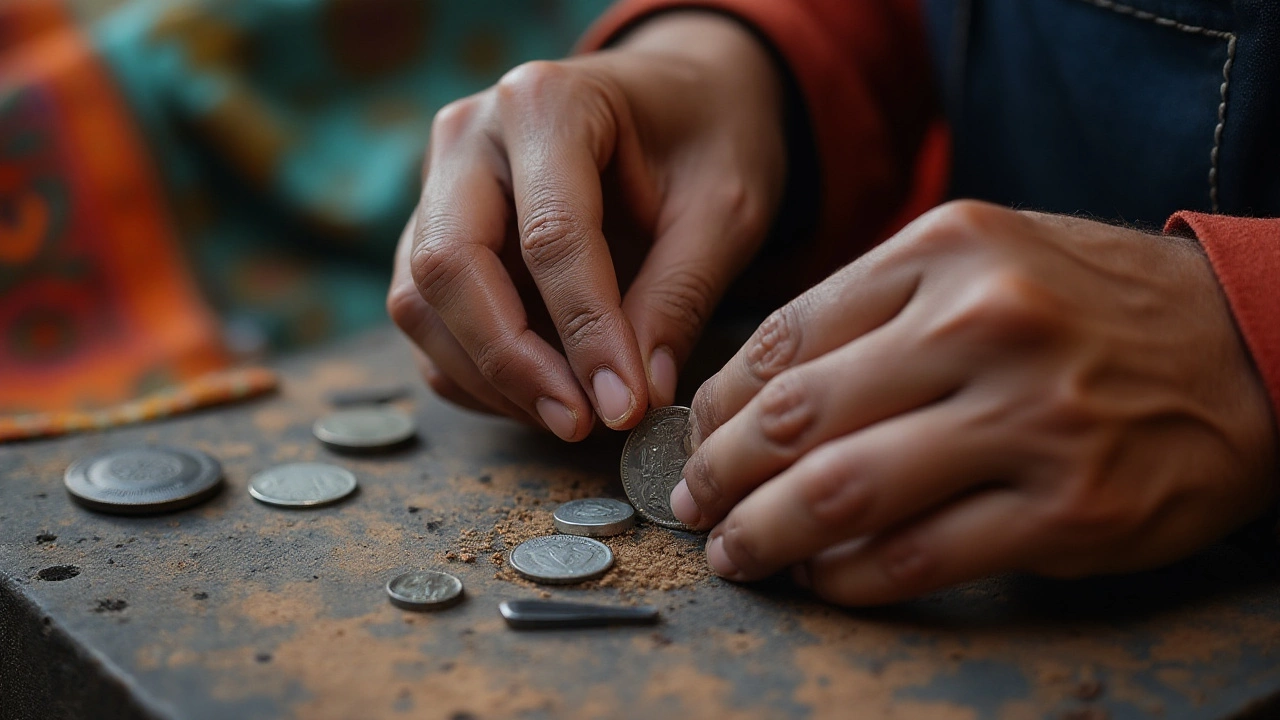Quarter Ring: What It Is and How to Wear It
If you’ve seen a thin band that covers just a slice of a finger, you’ve probably spotted a quarter ring. Unlike a full‑sleeve or a classic band, a quarter ring hugs only about a quarter of the finger, leaving the rest exposed. This minimal look makes it perfect for stacking, mixing metals, or adding a subtle sparkle without looking over‑the‑top.
Because it’s so lightweight, a quarter ring feels almost invisible on the hand. That’s why many people love it for daily wear—they get the elegance of a ring without the bulk. Whether you’re dressing up for a wedding or just want a hint of shine at the office, knowing the basics will help you pick the right piece.
Different Styles and Metals
Quarter rings come in a handful of popular styles. The most common is a plain metal band—gold, silver, rose gold, or even platinum. For a bit of flair, designers add tiny pavé diamonds, colored stones, or textured finishes like hammered or twisted metal. Some brands even mix two metals in one band, giving you a two‑tone look that’s easy to pair with other jewelry.
If you’re on a budget, sterling silver quarter rings are a solid entry point. They look great on any skin tone and can be plated later if you want a gold finish. For a richer feel, 22K or 18K gold offers that classic glow, while 21K (marked 875) gives extra durability and a deeper yellow hue. Remember, the higher the karat, the softer the metal, so treat those pieces with a gentle touch.
Choosing and Caring for Your Quarter Ring
First, get the right size. Most quarter rings are sold in standard sizes, but because they cover less finger, you might need a half‑size larger than your usual band. Try them on before buying, or check the retailer’s sizing guide. A snug fit stays in place, but don’t pick something so tight it pinches.
When you’re ready to buy, think about how you’ll wear it. If you love stacking, pick a plain band that can blend with other rings. If you want a statement, choose a design with stones or a unique texture. Online shops often let you filter by metal, stone, and price, making the hunt easier.
Care is simple: wipe the ring with a soft cloth after each wear to remove oils and dust. For gold or silver, a mild soap solution and a gentle brush work fine. Avoid harsh chemicals—chlorine, bleach, or heavy perfumes can dull the finish. Store your quarter ring separately in a soft pouch or a compartmentalized jewelry box to prevent scratches.Want to keep your look fresh? Rotate your quarter rings. Wear a silver piece one week, a gold one the next, and maybe a stone‑set version for a special night. This not only protects each ring from wear but also lets you experiment with different outfits.
Finally, don’t forget the finishing touch. Pair your quarter ring with matching earrings or a delicate bracelet for a cohesive vibe. If you’re dressing up for a ceremony, a simple diamond‑accented quarter ring can add just enough sparkle without stealing the spotlight from your main jewelry pieces.
With the right style, size, and care routine, a quarter ring becomes a versatile staple in any wardrobe. Whether you’re new to jewelry or a seasoned collector, this slim band offers a low‑maintenance way to stay stylish every day.
Is Making a Ring from a Quarter Illegal? Exploring the Craft and Legalities
Creating rings from quarters is a popular craft that transforms everyday currency into unique jewelry pieces. While this practice showcases creativity and craftsmanship, there are legal concerns to consider. This article explores the intricacies of coin conversion, its legality, and the crafting process itself. It also sheds light on historical precedents and modern-day practices within the realm of personalized jewelry.




